For decades, “accessible design” was often seen as a niche, clinical requirement, resulting in spaces that were functional but lacked aesthetic appeal. That perception has completely changed. Today, the concept has evolved into Universal Design (UD), a proactive and sophisticated approach to creating environments that are inherently usable, safe, and beautiful for everyone, regardless of their age, size, or ability.
As we look at home design trends in 2025, universal design is no longer an afterthought; it’s a defining feature of smart, modern, and human-centered living. This isn’t just about preparing for old age; it’s about creating spaces that are more comfortable and convenient for a child, a person carrying groceries, a guest with temporary mobility issues, and for ourselves as we move through different stages of life. This guide explores the key universal design trends shaping the future of our homes.
What is Universal Design? (The Core Principle)
At its heart, universal design is the design of products and environments to be usable by all people, to the greatest extent possible, without the need for adaptation or specialized design. It’s built on seven core principles, including equitable use, flexibility, simple and intuitive operation, and low physical effort. The goal is to make life easier and more comfortable for everyone, seamlessly.
Key Universal Design Trends for 2025
1. Seamless Transitions & Barrier-Free Living
One of the most visible trends is the elimination of physical barriers that can impede movement.
- Zero-Threshold Entries: Both at the front door and between indoor and outdoor living spaces (like patios). This creates a smooth, trip-free transition.
- Curbless Showers: A hallmark of modern bathroom design. The bathroom floor flows seamlessly into the shower stall, eliminating the need to step over a curb. This is not only crucial for wheelchair accessibility but also feels more spacious and luxurious for all users.
- Consistent Flooring: Using the same flooring material across multiple connecting rooms creates a continuous, uninterrupted path, which is visually appealing and removes potential tripping hazards at thresholds.
2. “Invisible” Support: Safety That Blends with Style
Accessibility features are no longer institutional-looking. The trend is to integrate support so beautifully that it’s unnoticeable until needed.
- Designer Grab Bars: Grab bars are essential for bathroom safety, but they now come in a huge range of sophisticated finishes like matte black, brushed brass, and polished nickel, matching high-end faucet and shower collections. Many are designed to double as stylish towel bars, toilet paper holders, or shelves.
- Integrated Shower Benches: Instead of a clinical plastic chair, built-in benches tiled to match the shower walls or crafted from beautiful, water-resistant woods like teak offer a comfortable and spa-like seating option.
- Subtle Non-Slip Surfaces: Manufacturers are producing beautiful porcelain and luxury vinyl tiles with high slip-resistance ratings and subtle textures that provide excellent grip without looking like industrial safety flooring.
3. The Flexible & Ergonomic Kitchen
The kitchen is a primary focus for universal design, making daily tasks easier for everyone.
- Multi-Level Countertops: Incorporating sections of countertop at different heights. A standard 36-inch (90 cm) height for most tasks, with a lower section (around 30-34 inches / 76-86 cm) allows for comfortable prep work while seated.
- Pull-Out & Pull-Down Storage: Deep drawers in base cabinets are replacing traditional cupboards with fixed shelves, as they allow full access to contents without deep bending or kneeling. In upper cabinets, mechanical pull-down shelves bring items down to an accessible level.
- Accessible Appliances: Side-hinged wall ovens, microwave drawers installed below the counter, and side-by-side refrigerators are all trending because they offer easier access for users of varying heights and abilities.
4. Smart Technology & Effortless Operation
Technology is a key enabler of universal design.
- Smart Lighting: Motion-activated or voice-controlled lighting enhances safety. Low-level pathway lighting (like under-vanity or toe-kick LEDs) for nighttime navigation is becoming a standard feature.
- Touchless Faucets: Sensor-activated faucets in both kitchens and bathrooms are hygienic and easy for anyone to use, regardless of hand strength.
- Smart Home Controls: Centralized control of lighting, thermostats, and even window shades via smartphone apps or voice commands offers convenience for everyone.
5. Enhanced Sensory & Cognitive Design
Universal design also considers non-physical needs.
- High-Contrast Design: Using strong color contrast between key elements—like the countertop edge and the floor, or the wall and light switches—aids visibility for individuals with low vision.
- Excellent, Layered Lighting: Combining bright, glare-free ambient light with focused task lighting reduces eye strain and improves safety for all ages.
- Intuitive Controls: Choosing appliances and fixtures with simple, clear, and easy-to-understand controls, such as lever handles instead of round knobs on doors and faucets.
A Perfect Fit for Multigenerational Living
The principles of universal design are perfectly aligned with the growing trend of multigenerational living, a common family structure in many parts of the world, including Indonesia. A universally designed home ensures that grandparents, parents, and young children can all share the same space comfortably and safely, fostering family connection without compromising independence.
Conclusion
Universal design has evolved from a specialized concept into the foundation of smart, forward-thinking, and human-centered architecture. The trends for 2025 demonstrate that inclusivity and high style are not mutually exclusive. By embracing barrier-free layouts, integrating stylish safety features, prioritizing ergonomic functionality, and leveraging smart technology, we are creating homes that are not just more accessible, but simply better for everyone. A universally designed space is a long-term investment in comfort, safety, and a lifetime of independent living.

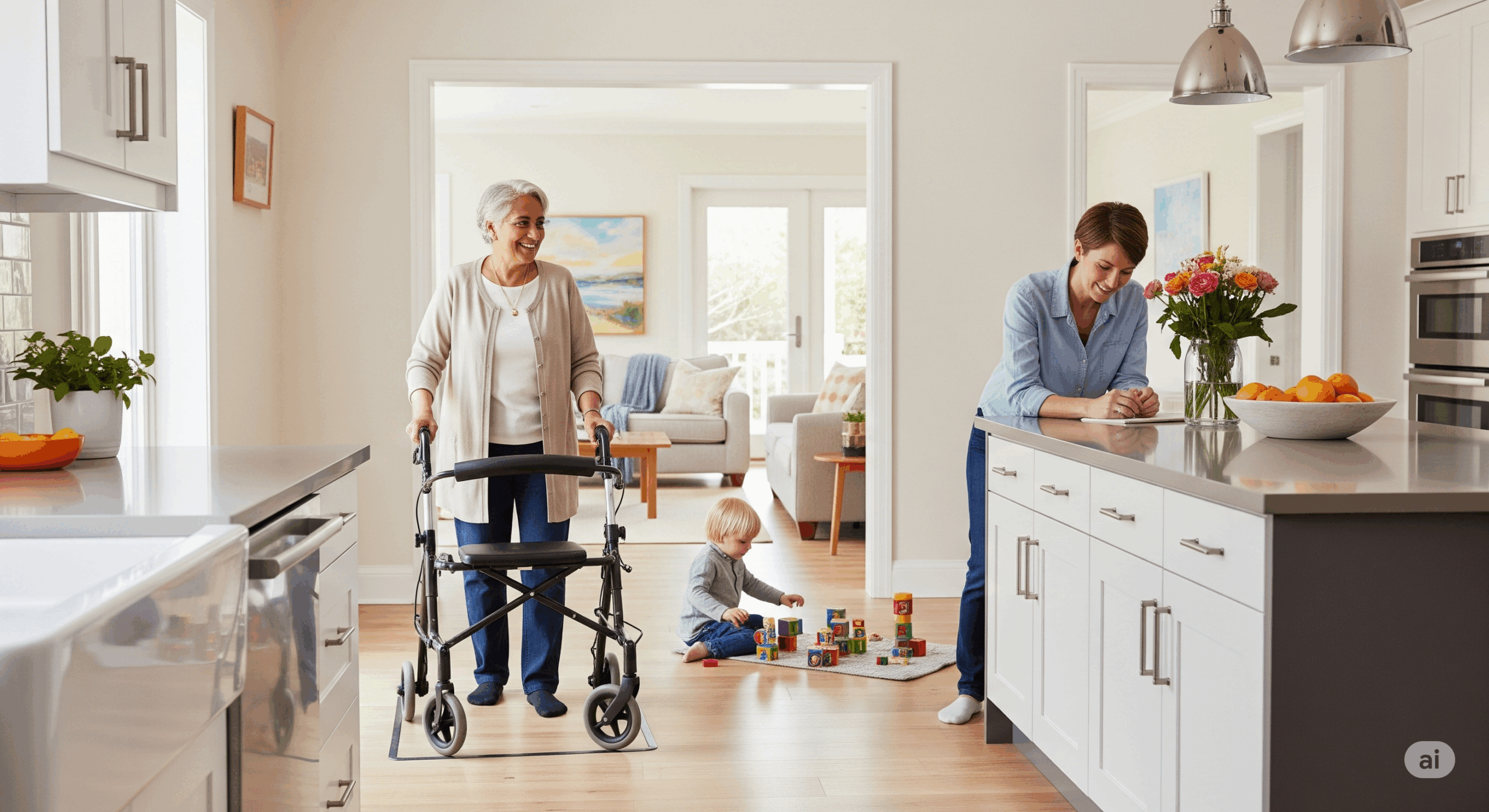
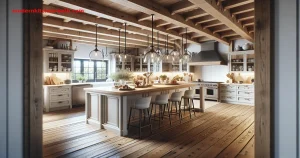
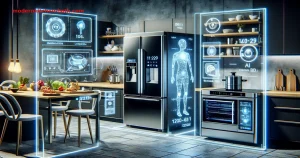
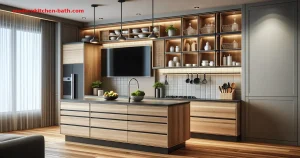
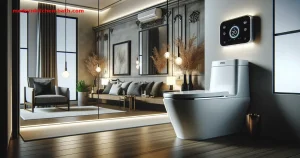
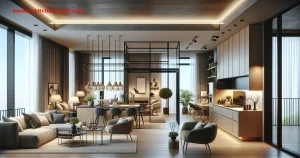
Leave a Comment